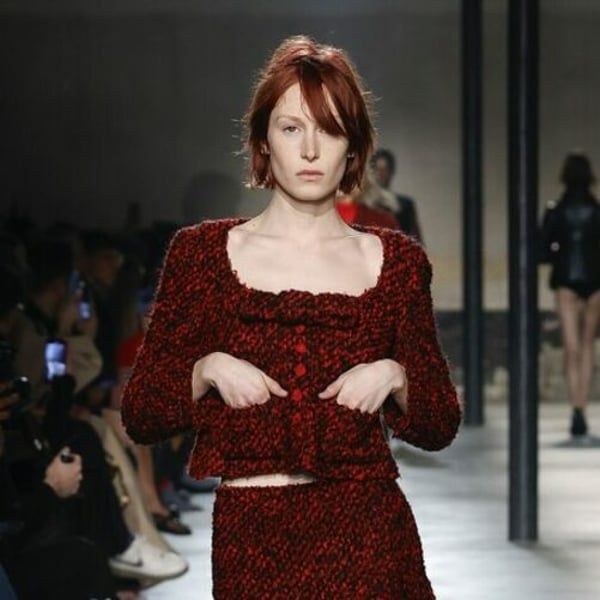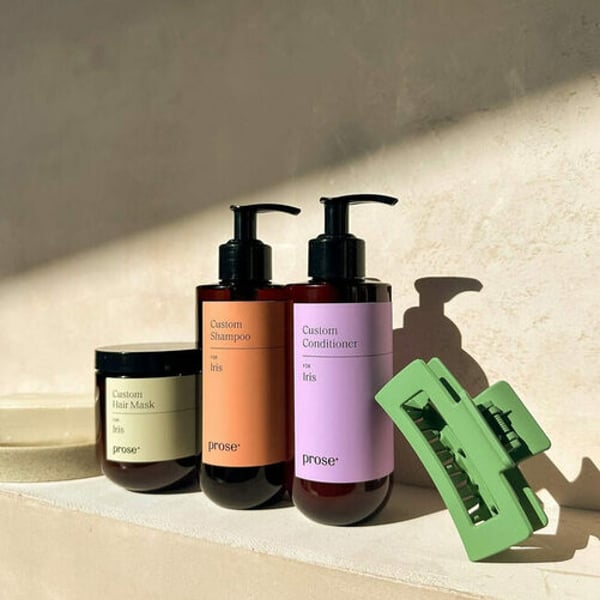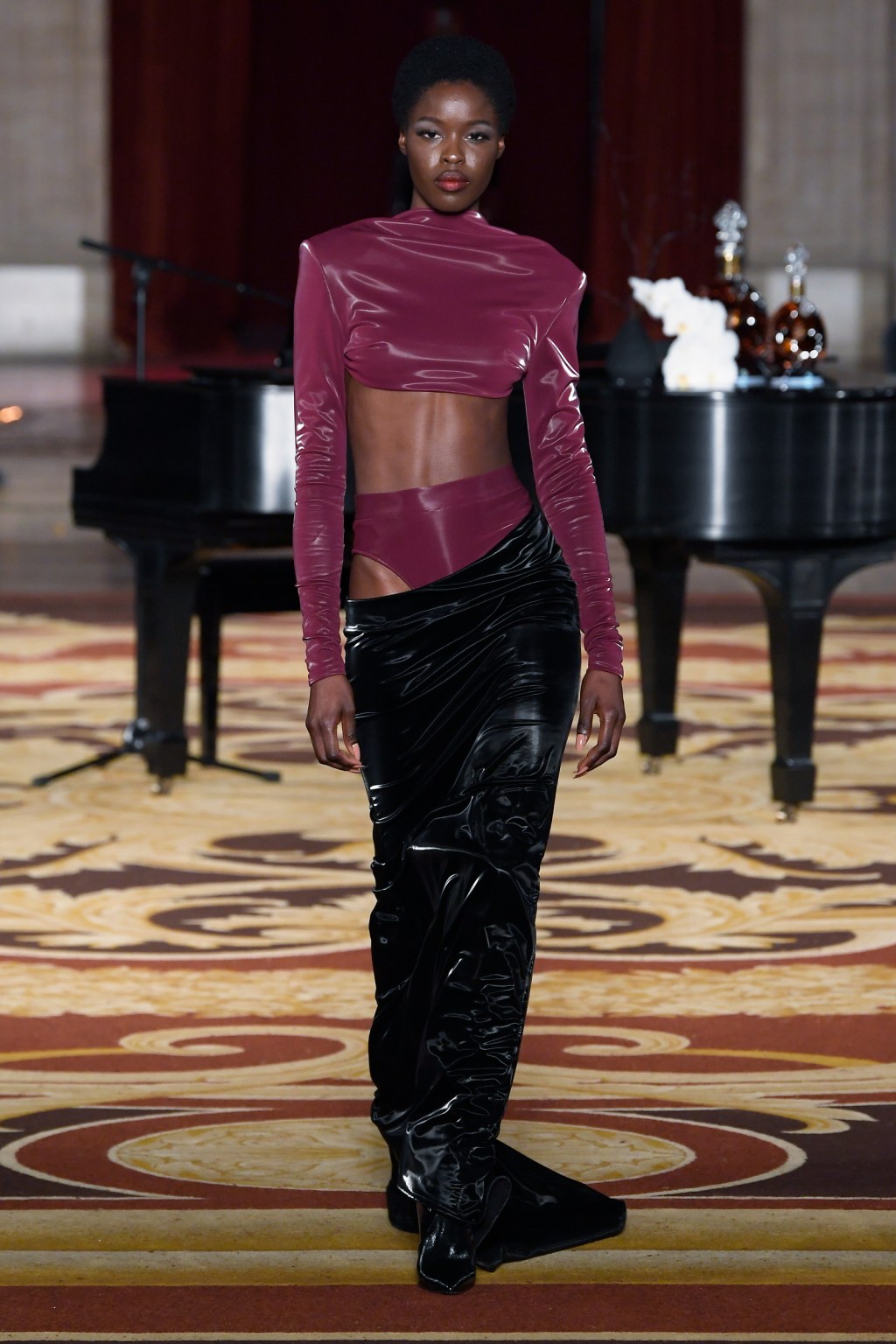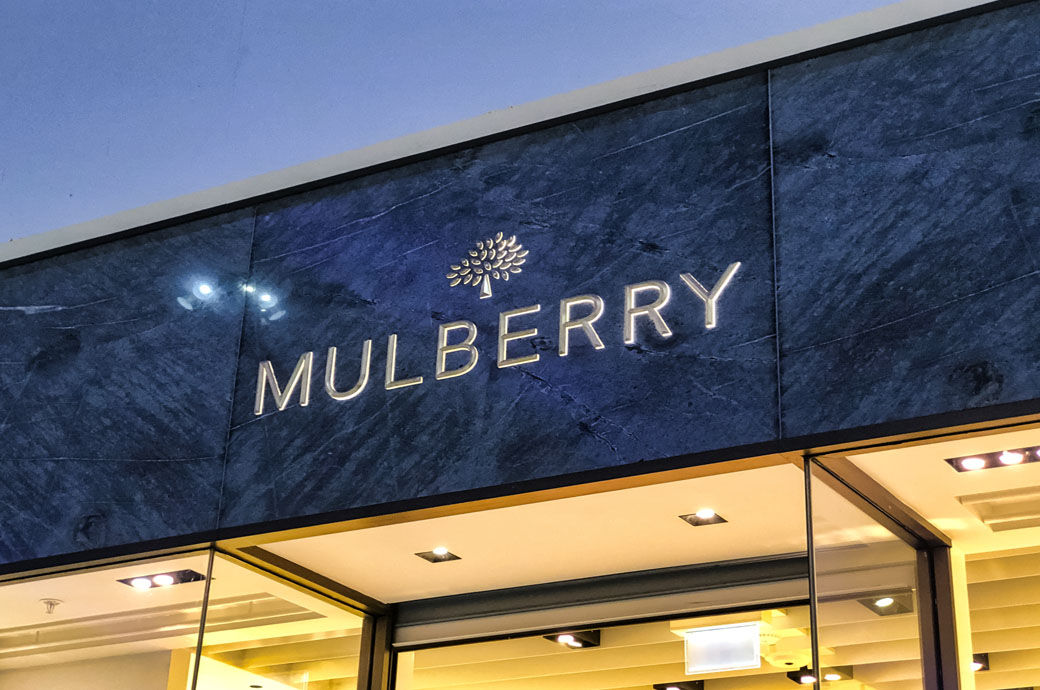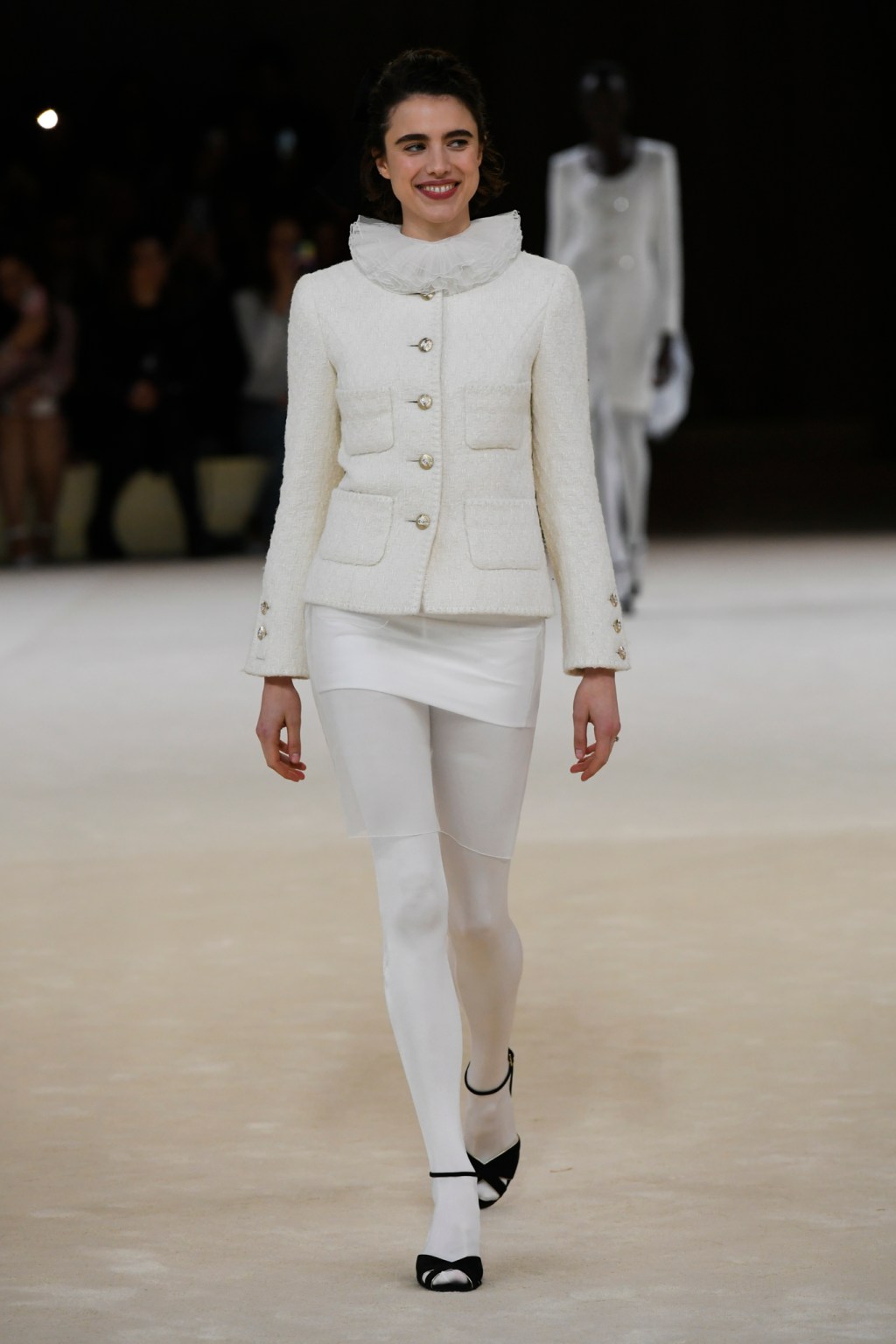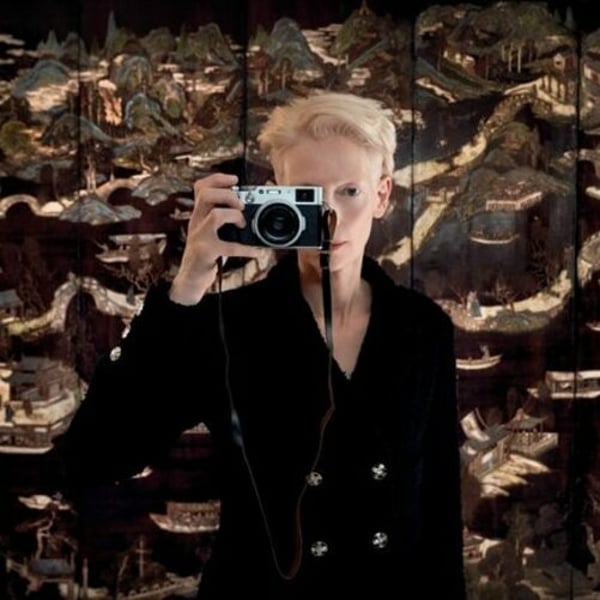Milan's fashion designers honored the woman on Wednesday, revealing the most hidden facets of her personality through small touches. For the autumn-winter 2024/25 season, designers imagined wardrobes that were at once simple, concrete and sophisticated, defining in two or three key silhouettes a very precise appeal or character trait. The woman is fatal and mysterious in Del Core, sensual and playful in N°21, bohemian and baroque in Etro.
Alessandro Dell'Acqua proposes an “anarchic haute couture” for next winter, with a wardrobe designed for young and old who want to play the chic card while having fun and without worrying about tomorrow. Wardrobe classics are renewed and reworked with a lighter and more contemporary spirit, with an almost austere and masculine design enhanced by precious details.
The little black dress, reduced to a minimum, ultra-short and with a pronounced V-neckline, or completely open to the sides, was made up of two straight panels joined by a single grosgrain ribbon. The pleated skirt was also cut in two and had slits on the sides. The arch was present, but deflected. Flattened, it hugged the chest on top of a strapless dress or draped over a miniskirt. Later in the show, he twirled around the back of a knit dress. The bodysuit was knitted in a thick wool blend with a high collar and the leather jacket was available in much more modern neoprene.
The Neapolitan designer also shortened the jacket of a broadcloth wool suit, generously widening the collar. “I started with Italian couture of the '80s, from Valentino to Odicini to Fausto Sarli, and I had fun destroying everything in a liberating way,” he explains. “I am still independent and I can afford not to follow the rules that are imposed on us. Glamor exists, but only in your head. It is not flashy. It is the attitude that counts. There is an enormous amount of work in this collection, since whether in the finishes or the crystal embroidery, but also in the choice of fabrics, with satins and double silk crepes,” he continues.
It's about contrasts, between this haute couture femininity and a more masculine touch. Bland boas colored with marabou feathers were paired with retro coats of thick wool or gray tweed. Large Norwegian jacquard cardigans were closed with rhinestone brooches. The colors clashed, like in this bold combination of a royal blue chunky knit sweater and a poppy red chiffon dress.

Etro has returned to the bohemian vein that has long characterized the brand, infused with the baroque vein brought by its creative director, the Sicilian Marco De Vincenzo. The collection combines different cultures and horizons in a successful mosaic of precious fabrics and time-honored artisanal techniques.
The autumnal tones of the first models, with carmine jackets, black suits and brown coats, were immediately ennobled by antique ornaments in gold or bronze, moving on to stronger colors to reach an explosion of vegetal or decorative motifs, while the silhouettes They were illuminated by important gold jewels.
The styles intertwined between a more concrete and urban spirit, with striped shirts, masculine suits and knitted dresses, and a more opulent ethnic style, where a bright hooded Berber coat alternated with a leather coat embroidered with flowers, or a tapestry suit trimmed with faux fur. More classic wool blouses and jackets were expanded into long scarves.
Jacquard-knit tunics and pants were hand-made inside out to play with the three-dimensional effect of the texture. Strands of silk Georgette simulated a boa effect, wrapping the body at the edges of flowing dresses. Leather sets were enriched with prints. And we must not forget the weighted coats and velvet garments, another classic of the house.

A change of style at Del Core, where women dress in large swaths of flannel and gray wools to create elegant blouses, dresses, baggy pants, tuxedos and suits. This minimalist vein was gradually subverted by unexpected constructions and materials, such as wool, which was used in thick knit blouses with thick collars that extended into cozy, enveloping hats, or in long openwork dresses with oversized fringed collars. .
Tight jumpsuits in shades as if diluted in water revealed strange spikes, like blisters. But, above all, the clothes were stripped or peeled as if they were forbidden fruit. Suit jackets, in particular, opened at the top and unbuttoned at the shoulders and sleeves, becoming corsets. These corsets sometimes included another jacket or sweater. In other cases, the corset jacket was worn close to the body and, when its edges were folded over the chest, they revealed a shiny lining.
The same process was applied to flowing chiffon dresses in light flesh tones or aquamarine, where the top fell over the body, exposing the shoulders and exposing the bottom.
Copyright © 2024 FashionNetwork.com All rights reserved.

